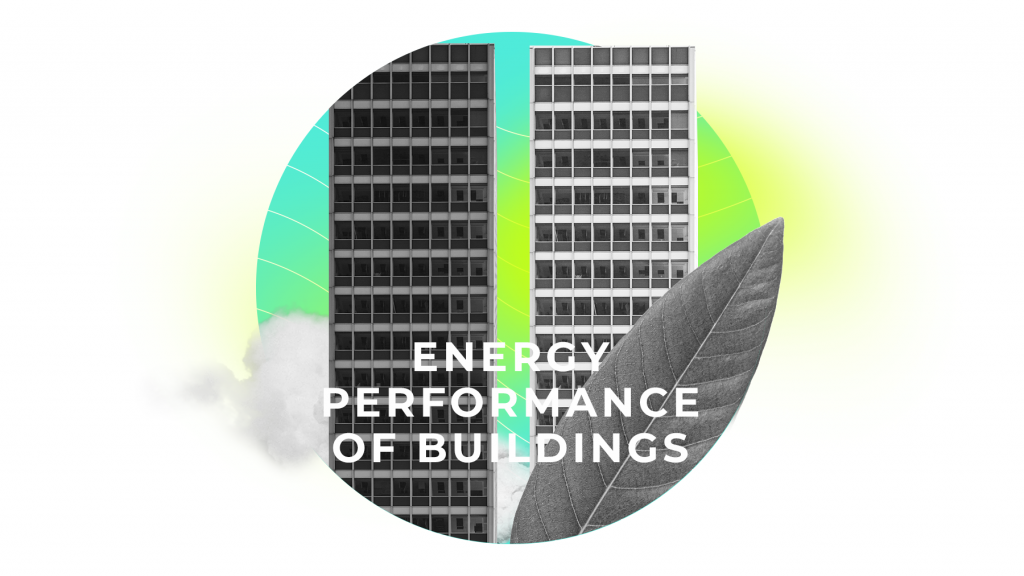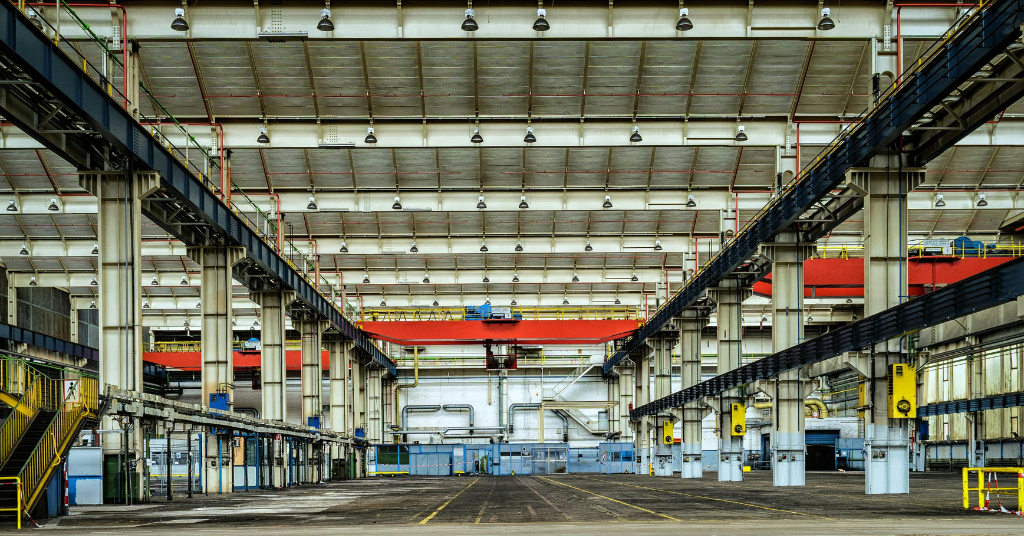Buildings significantly affect the European Union’s (EU) energy consumption and greenhouse gas emissions. Accounting for 40% of energy consumed and 36% of energy-related greenhouse gas emissions in the EU, addressing the energy efficiency of buildings is crucial in achieving climate neutrality by 2050. The Fit for 55 package, a comprehensive set of legislative proposals to reduce carbon emissions, includes an updated Energy Performance of Buildings Directive. This directive seeks to transform the energy landscape of the EU by making its buildings more energy-efficient and zero-emission. In this article, we will delve into the critical aspects of the proposed legislation and its potential impact on the journey toward a sustainable future.
The Vision: A Zero-Emission Building Landscape
The primary objectives of the new rules outlined in the Fit for 55’s Energy Performance of Buildings legislative proposal are clear and ambitious:
– All new buildings should be zero-emission by 2030.
– Existing buildings should be transformed into zero-emission buildings by 2050.
The importance of these objectives cannot be overstated, given that buildings are responsible for over one-third of greenhouse gas emissions within the EU. To achieve climate neutrality by 2050, reducing these emissions through enhanced energy efficiency and reduced energy consumption is imperative.
Progress So Far: A Unified Approach
In October 2022, the EU member states reached a consensus within the Council, establishing a common position on the Commission’s proposed revision of the Energy Performance of Buildings Directive. This milestone marks a significant step towards realizing the EU’s vision of more energy-efficient buildings.
Driving Climate Neutrality: How Does It Work?
To comprehend how the proposed legislative changes contribute to the goal of climate neutrality, it’s crucial to understand the role of buildings in the carbon equation. Buildings account for a substantial portion of final energy consumption and energy-related greenhouse gas emissions. To address this, the directive focuses on introducing more rigorous energy efficiency standards for both new constructions and existing buildings.
A Path Towards Change: Key Elements of the Proposal
New Constructions: The legislative proposal sets a timeline for new constructions to become zero-emission buildings. By 2028, new buildings owned by public bodies will need to meet this criterion. Subsequently, by 2030, all new buildings must be zero-emission.
Energy Performance Certificates: As of 2030, energy performance certificates will be obligatory for all new buildings. These certificates will provide valuable insights into a building’s energy efficiency, helping property owners and occupants make informed decisions.
Existing Buildings: The directive addresses both residential and non-residential buildings.
– Non-Residential Buildings: Member states are tasked with establishing minimum energy performance standards for non-residential buildings, targeting a maximum annual energy use per square meter. By 2030, all non-residential buildings must be below the set 15% threshold, and by 2034, they should be below the 25% threshold.
– Residential Buildings: The directive outlines specific energy performance class-level targets for residential buildings. By 2033, residential buildings’ average primary energy use should be at the D energy performance class level. By 2040, each EU country should set a group to reach zero-emission building stock by 2050.Greener Energy Adoption: The legislative proposal encourages the adoption of greener energy sources such as solar power. Requirements for solar energy installations are established for new public and non-residential buildings and existing ones undergoing thorough renovation.
Infrastructure Enhancements: New buildings and those undergoing major renovations will have more recharging points for electric vehicles and enhanced bicycle parking facilities to promote sustainable transportation.
EU Incentives for Renovations: The directive proposes financial incentives, tax reductions, and administrative support to encourage building owners to undertake energy-efficient renovations.
Conclusion:
The Fit for 55’s Energy Performance of Buildings legislative proposal represents a significant stride towards a greener, more sustainable future for the European Union. The directive addresses the heart of the EU’s energy consumption and greenhouse gas emissions by targeting both new constructions and existing buildings. As EU member states move forward with negotiations and trilogies with the European Parliament, the proposed measures can potentially drive a transformative change in how buildings contribute to the overall climate neutrality goal. Through enhanced energy efficiency, greener energy adoption, and supportive incentives, the EU sets the stage for a zero-emission building landscape, paving the way for a more resilient and environmentally responsible future.




